
Where to go?
THE VINEYARDS
Château Pape Clément
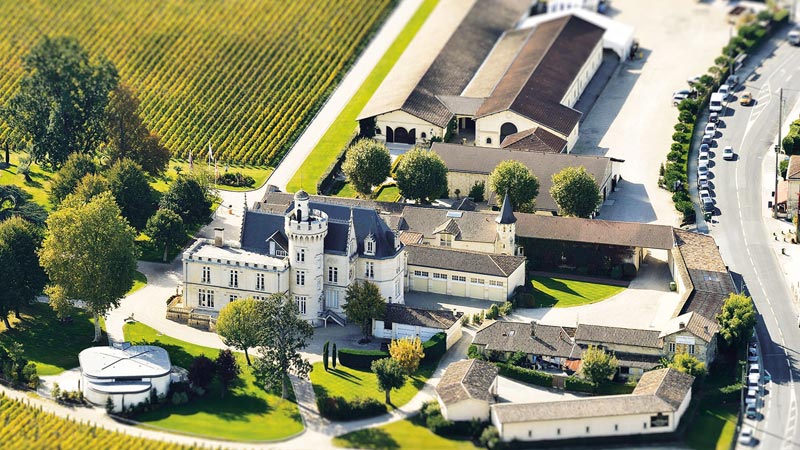
Château Pape Clément in Bordeaux is ranked among the Grands Crus Classé for its red and white wines in the Classification of Graves wine of 1959.
It is the oldest wine estate in Bordeaux, harvesting its 700th vintage in 2006. The winey and vineyards are located in the commune of Pessac, southwest of the city of Bordeaux.
Château La Tour Carnet
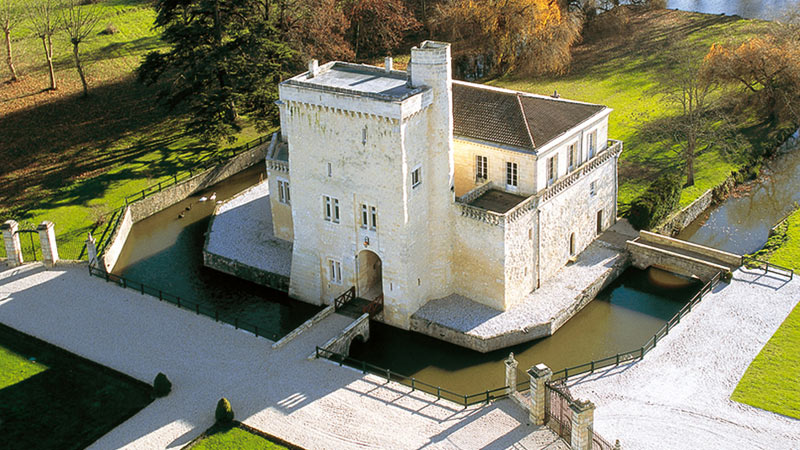
One of the oldest properties in the Médoc, La Tour Carnet's beautiful medieval tower houses, the treasures of troubadours, the spirit of Michel de Montaigne and La Boétie... and a majestic suite decorated in keeping with the château's history. The château has enormous character and contemplates its 900 years of history in the water of the surrounding moat, only crossed by an elegant drawbridge.
Whether tasting the wine - a classified growth from the Haut Médoc appellation - or celebrating an annual literary prize, Château La Tour Carnet captivates both writers and fine wine enthusiasts.
Château Fombrauge
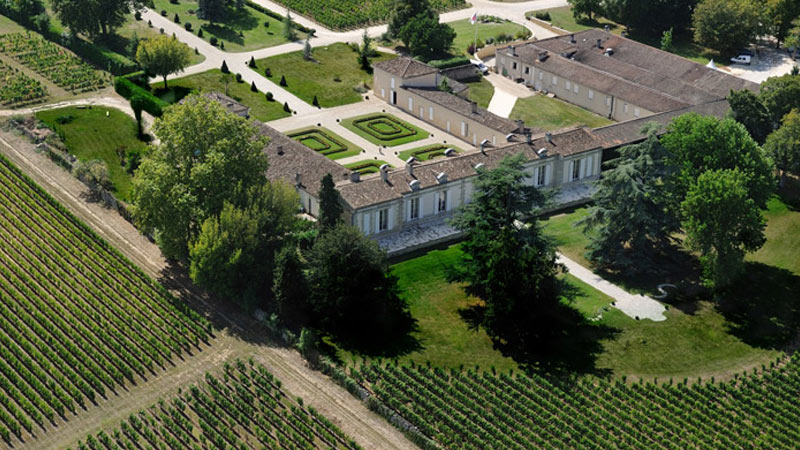
This former Carthusian monastery retains something of its religious past. Beautifully-proportioned, Château Fombrauge has been a wine estate since the 16th century.
Since its acquisition by Bernard Magrez, it has hosted countless concerts and musicians-in-residence and the long halls regularly echo to the sound of the most famous Stradivarius. The perfectly-aligned vine rows stretch to the horizon like strings patiently waiting to vibrate under the vineyard workers' hands.
This synergy between man and nature led to the creation of one of the oldest grands crus classés in Saint-Emilion: Château Fombrauge. This heritage and the wine's unique flavour continue to be perpetuated.
Saint-Émilion
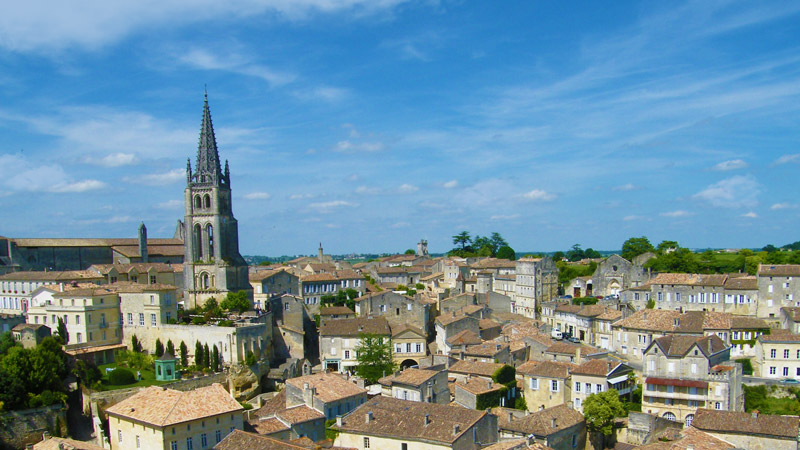
Saint-Émilion's history goes back to prehistoric times and is a World Heritage site, with fascinating Romanesque churches and ruins stretching all along steep and narrow streets.
The Romans planted vineyards in what was to become Saint-Émilion as early as the 2nd century. The town was named after the monk Émilion, a travelling confessor, who settled in a hermitage carved into the rock there in the 8th century. It was the monks who followed him that started up the commercial wine production in the area.



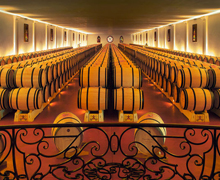 What to do?
What to do?
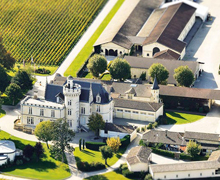 Where to go?
Where to go?
